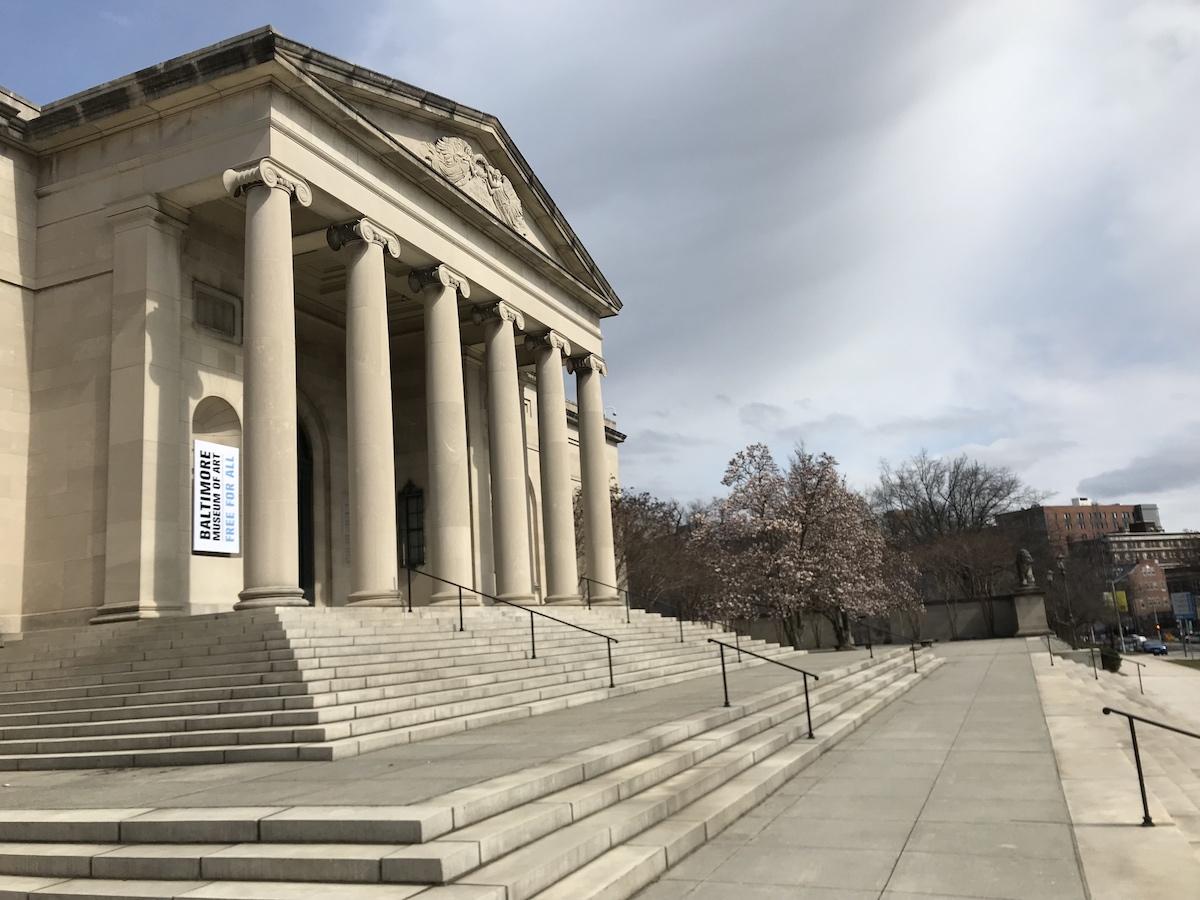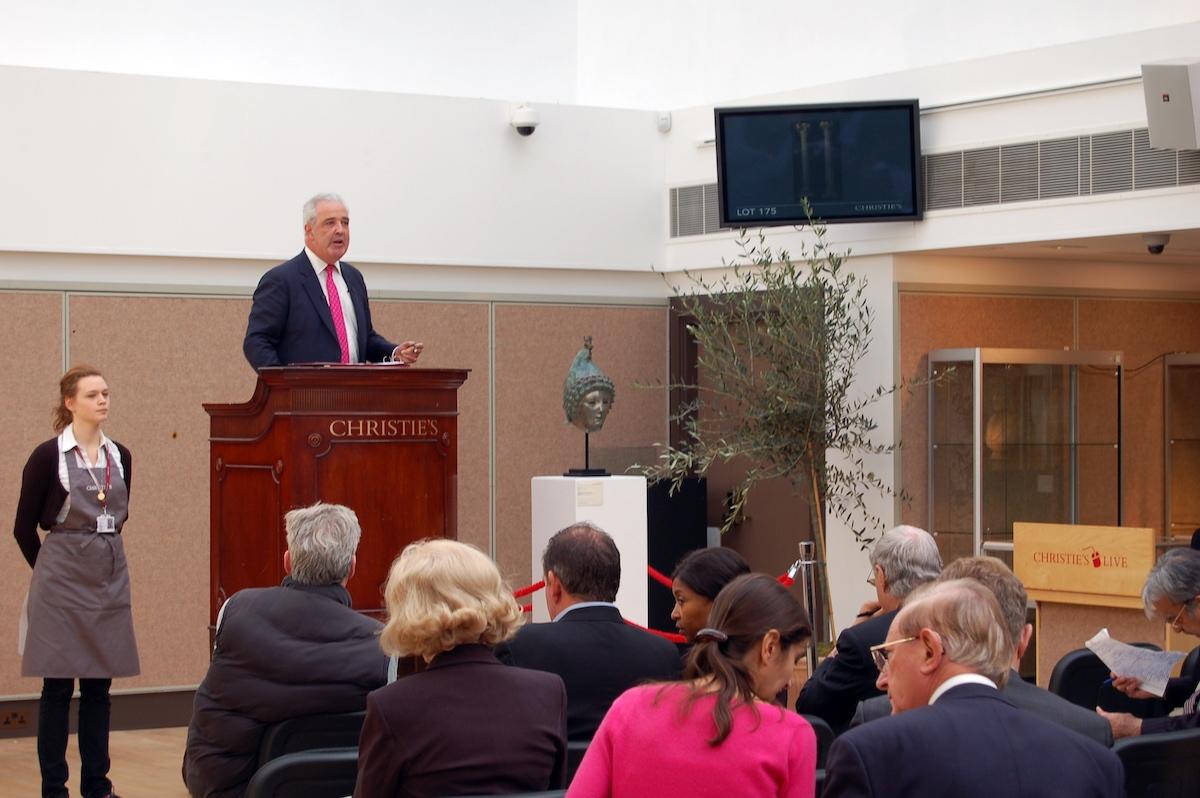In a quote to ARTnews, Jane Pancetta, curator and director of the collection at the Whitney said, “We want to grow the collection” and “this is part of hitting that goal.” Further, she framed the deaccession as within Whitney’s founding principles, to show work by living American artists.
The act of deaccessioning is tricky for public and private museums to navigate because there are no official laws in the US that guide them. Most museum officials adhere to guidelines set in place by the Association of Art Museum Directors (AAMD).
Museums can only sell art so that they may use the funds to buy more art that follows their mission. If they use the funds for other purposes, this is where things start to get hairy. In Cinnamon Catlin-Legutko’s article “Museum Administration 2.0,” she writes, “If proceeds are used in a different matter, the collection appears as a cash reserve to be used anytime it is needed.” Though many museums might struggle with financial stability, the AAMD put rules in place to avoid museum’s selling their collection to cover their financial burdens, which would both ruin the public’s trust in the institution, and open up the opportunity for museums to become auction houses, where anything could be sold for liquid funds.
































